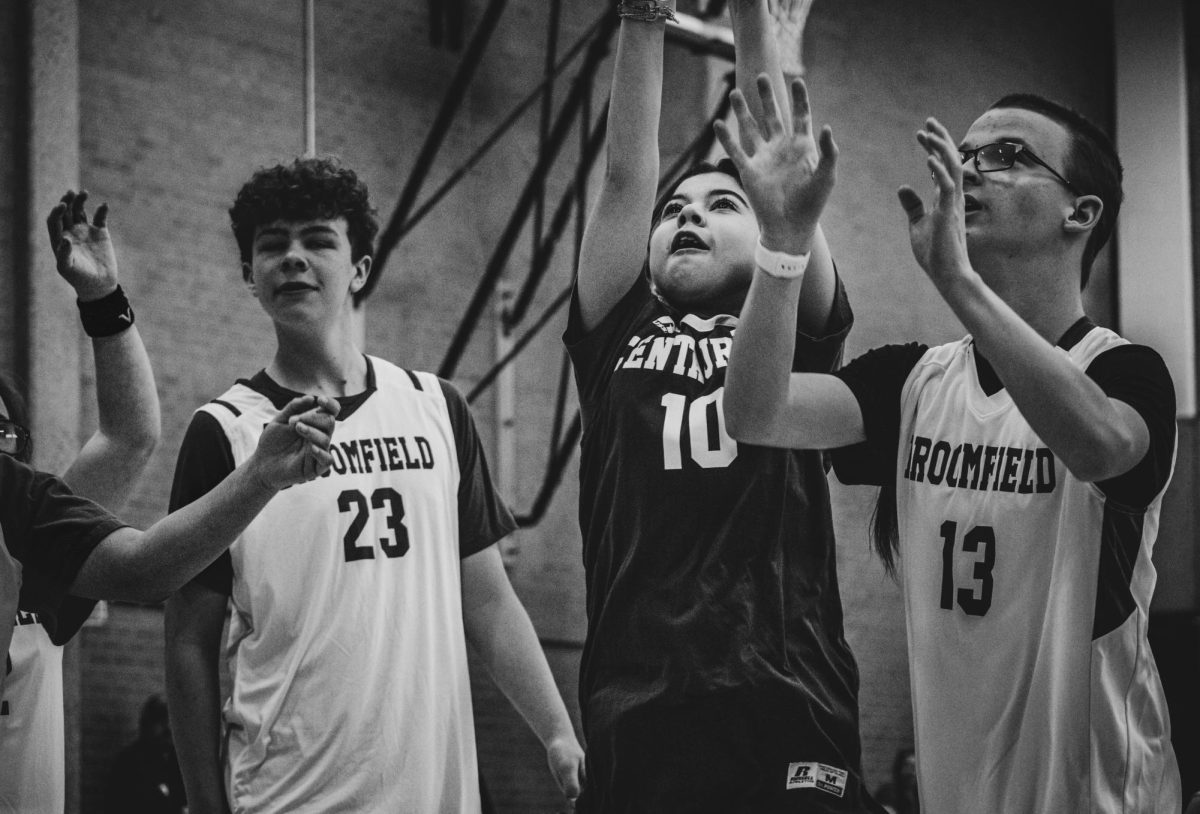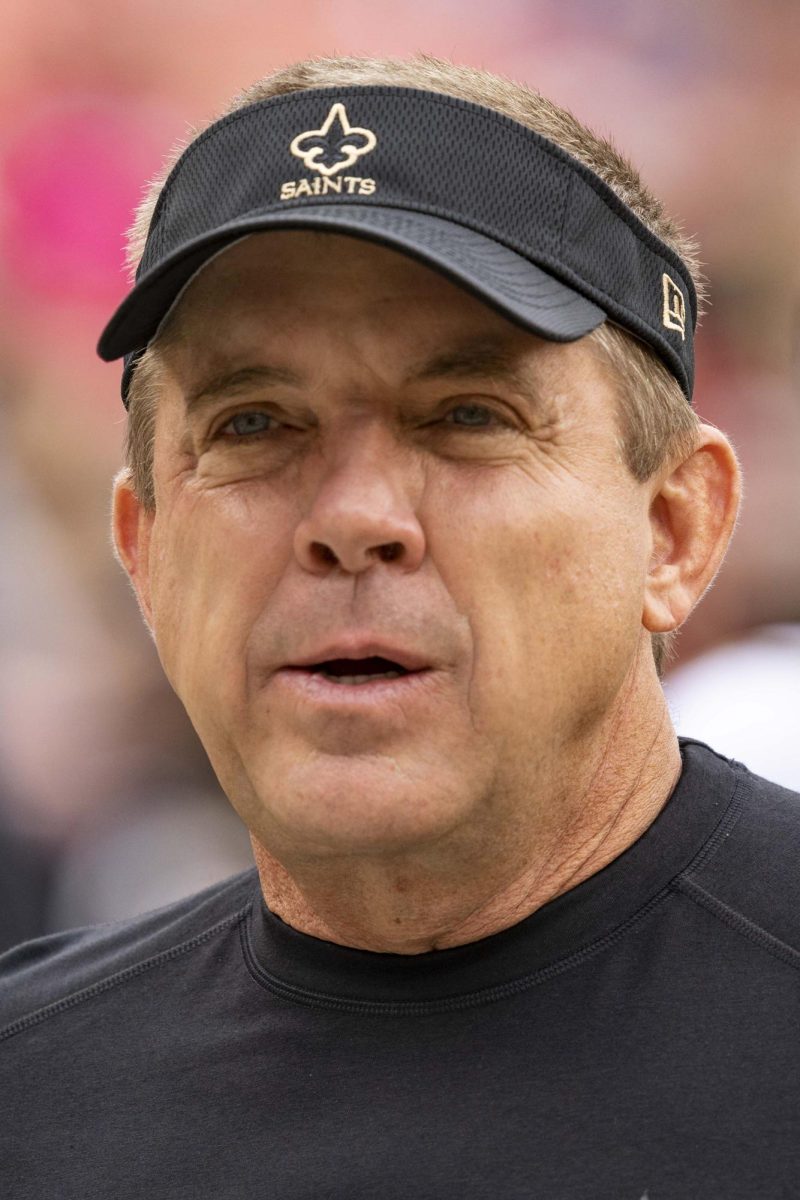Paying for Mediocrity
Over the past couple of years, one might think that the Rockies aren’t trying to win. While they certainly aren’t going to win now or any time soon, behind the scenes, the owners of the Rockies have clearly been attempting to improve. The problem with their efforts is that nearly every single decision that is made when it comes to paying players seems to be the wrong one, with the most recent blunder being their signing of Kris Bryant.
A fan favorite during his time with the Chicago Cubs, Kris Bryant was a monster at the plate from 2015 to 2021. Bryant finished in the MVP voting at the end of each of his first three seasons in the MLB, and recorded the final out in the 2016 World Series to give the Cubs their first championship since 1909. He was the best player on the Cubs 2016 world series winning team, winning his only MVP in a season where he led the league in WAR and runs scored. He never dipped below a 120 OPS+ in a full season as a Cub.
During the last year Kris Bryant played for the Cubs, in 2021, the Chicago Cubs were in the process of starting a monumental rebuild. In a season where they eventually finished in fourth place in the NL Central with an abysmal 71-91 record, former Cubs stars Anthony Rizzo, Kris Bryant, and Javier Baez were all sold at the trade deadline in a set of moves that fully erased what was left of the curse-breaking 2016 roster. Kris Bryant was sent to a surging Giants team that would end up winning the NL West over the LA Dodgers, where he performed well until the Giants were sent home in the NLDS by the same Dodgers team that they won the division over just days earlier. Due to a shocking loss of competence at third base though, Bryant did not play a single game all season at his signature position. He was still a competent hitter, but even after being moved to right field, Bryant put up a career-worst -0.9 defensive WAR to go along with a range in the 2nd percentile. To be a replacement-level player, Bryant needed to hit at a level that he just couldn’t reach anymore. He was one of the worst defensive players in the game, but his hitting and prestige as a player were still enough to make him appealing to teams.
March 18th, 2022. Already well into spring training. Kris Bryant ends his wait for a big payday, and to the surprise of many, Bryant signs with …… the Rockies? A statement by the organization, the Rockies completed a questionable but exciting signing of Bryant for a massive financial hit of $182 million dollars over seven seasons. Their expectations were that of a healthy Kris Bryant, but up to now, Bryant is going into the fourth season of his contract with a grand total of 159 games played. That’s not even a third of the 486 possible contests that he could have played in, and an average of 53 games per season. This means that if his lack of participation stays the same for the next four years, Bryant is getting paid over half a million dollars for every game that he plays in. A close comparison to Bryant’s recent play is Cavan Biggio, a career utility player who’s never been looked at as an all-star. Even so, Biggio vastly outperformed Bryant’s -1.3 bWAR over the last three years while getting paid over $70 million dollars less. Bryant is getting paid $27 million dollars per year until 2028, while at this point in his career, he is more valuable to the Rockies if he stayed at home and watched them play on his TV. Four more seasons of a financial burden that large is insane for a team that doesn’t have much financial presence to work with already, but unfortunately, Kris Bryant isn’t the only example.
Dead Space
Aside from Bryant, the Rockies have 4 other players making eight figures on their payroll, three of whom I want to focus on. All three are pitchers: Antonio Senzatela, German Marquez, and Kyle Freeland. For a grand total of $37 million dollars of payroll between the three, the Rockies got 25 starts. 1 from Marquez, 3 from Senzatela, and 21 from Freeland. This amount of starts has been beaten by Hunter Greene himself, (26 Starts) a pitcher that missed the last month and a half of the season while getting paid $6 million dollars a year. Freeland was the only qualified pitcher of the three 8-figure Rockies in Baseball Savant, but the numbers that he put up were dreadful: a -15 run value (6th%), 5.24 ERA, 1.4 WHIP, and a whopping 0.0 bWAR. Although Freeland put up one of the best seasons in Rockies history in 2018 with a 2.85 ERA in 200 innings, he has been slowly pitching less year after year while diminishing in value. But at least he played. Senzatela hasn’t pitched more than 100 innings in three years, and German Marquez has only appeared in Coors field 5 times since 2022. All of the contracts mentioned are guaranteed, so instead of spending $37 million on a good free agent or trying to build some depth in the lineup, the Rockies are stuck. Not getting any production from the people that they paid, and when they do play, they’re getting more production from players like Antonio Senzatela if he goes and eats a bag of chips at home.
The Mile High Situation

Part of the problem could be based on the fact that the Rockies have the highest professional ballpark in the United States. Literally a mile high, Coors field is a pitcher’s nightmare: along with the biggest outfield in the MLB, it is also the easiest place to hit in, as stated by Statcast’s “park factor”. According to an article by Eliza Richardson in 2014 regarding the effects of altitude on offense, at ballparks over 5000 feet, there is an expected increase of 2.8 runs per game and a 35% jump in home runs compared to ballparks at sea level. Numbers like that demonstrate the situation that altitude presents, and backs up why Coors Field is so tough for pitchers. Along with a jump in offense, fastballs aren’t nearly as effective. Due to the air being thinner in Colorado compared to sea level, pitches that rely heavily on the seams keeping the plane of movement just don’t move as much as they would closer to the water. Take Rockies relief pitcher Justin Lawrence for example. At Coors field in 2024, Lawrence strung together a god-awful 8.49 ERA in 30 innings to go along with a 2.12 WHIP, but on the road in the same sample size of 30 innings, he almost halved his home splits with a 4.50 ERA and a 1.43 WHIP. The main factor for his struggles was his league-worst sinker, with an unbelievable -22 run value attached to it. Hitters performed better than prime Barry Bonds against it in 2024, with a .393 BA, .628 SLG, and a .476 wOBA, to go along with an average exit velocity of 92.1 MPH (MLB avg. is ~89 mph). Lawrence is more of a bat-to-ball type of pitcher with a ground ball percentage in the 90th percentile, but when his primary pitch is a sinker (59%) that doesn’t have much movement, the ground balls that he generates become less common and the fly balls increase. Part of the Rockies pitching method is signing pitchers who can throw sinkers, changeups, and sliders because of their ability to keep a similar spin rate to sea level, but Justin Lawrence’s sinker just doesn’t move enough at altitude to be elusive.
Free agent pitchers look at situations like the one that Justin Lawrence experienced, and it is fair to assume that it is best for their career to consider the Rockies as a last resort. Many of the pitchers that signed with the Rockies after the 2023 season were running out of options in their career; players like Dakota Hudson, Ty Blach, and Josh Rodgers. A lack of interest to pitch at the MLB level for the Rockies causes their ownership to rush extensions, leading four out of their top five starters only ever playing MLB games for the Rockies. Therefore, after a lackluster 2021 season, Kyle Freeland was still signed to a significant extension of $65 million over 5 years. Unless they offer a long-term deal the size of Kris Bryant’s contract to good free agent pitchers, the Rockies are going to keep striking out on “prove it” deals just because of the assumed results. No starting pitcher on the Rockies has had below a 4.00 ERA over a full season (excl. 2020) since Jon Gray in 2019, while 27 out of the 29 other teams have had at least one pitcher that achieved a low enough ERA in 2024 alone.
The Big Picture
At the beginning of the 2025 season, the Rockies will not have had a winning season since 2018. While issues mentioned above like the altitude and lack of pitching have certainly led the Rockies into a deep hole, the people in the main office were the ones that started digging. After the Rockies’ playoff run in 2018, the stability of the franchise started to wane due to a mass exodus of important players. One of the two blunders that have set the organization back to this day though, was when the Rockies paid the Cardinals $50 million dollars to take Nolan Arenado in 2021. Although the trade was warranted from the fact that Arenado was too expensive to keep long-term with a bill of $199 million dollars, the five players that the Rockies got in exchange for Arenado have not panned out at all. Only one is set to be in the MLB next year, along with 3 never reaching the big leagues. The second blunder that the Rockies committed has already been talked about in the beginning of the article: the impulsive signing of Kris Bryant that wastes $27 million per year until 2028. Ideally, the Rockies should have avoided trying to pay big money at all costs. When they decided to pay up to compensate for the lack of a franchise cornerstone after losing Nolan Arenado, the deal that they composed later blew up in their faces. Denver is still considered a smaller market city, and in no way do they compare to the money that is being brought in by the Boston Red Sox or the Los Angeles Dodgers. It’s just not feasible. The Rockies have the 19th highest payroll in the league, but nothing to show for it. They are paying more than four playoff clubs just to be the second-worst team in the league and for their “star” to be Ezequiel Tovar, a player that most people have never heard of before. The Tigers have Tarik Skubal, the Reds have Elly de la Cruz, the Royals have Bobby Witt Jr., and all three teams have lower budgets than the one the Rockies are currently putting out right now. They don’t even have a top-10 farm system, and will need to keep rebuilding for years to come.
With the increase of statistics detesting certain players at altitude, it will be interesting to see if the Rockies can use them to their advantage to create a formula for the ideal player at Coors field, but it will still be rough going for them. The only real way to attract better players besides money is creating a winning product, but that possibility seems very far away at this point in time. The front office needs to make smart moves more now than ever before, because of the mistakes that they made in the past. There is always a way out, and even teams with lower budgets can make the playoffs. Through establishing a young core and waiting out the bad contracts, the Rockies can be renewed. If they don’t sign another Kris Bryant.








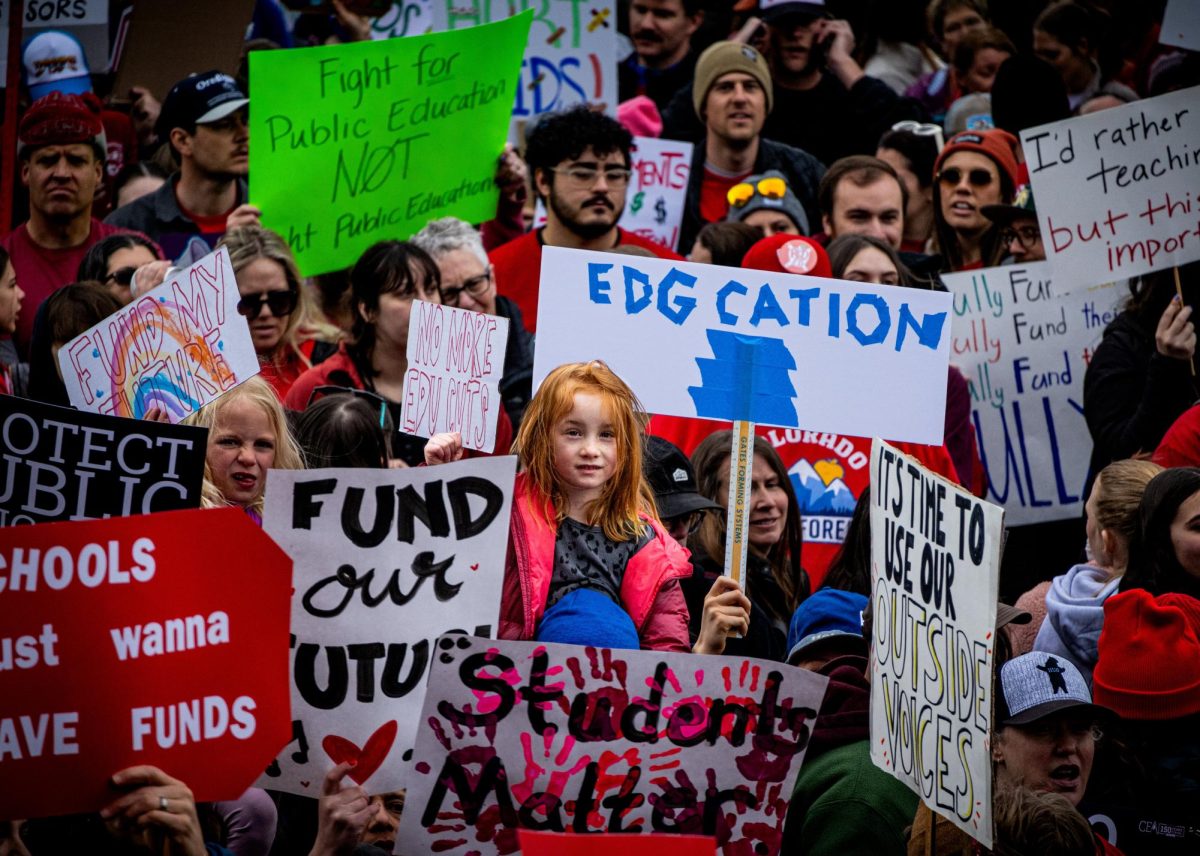
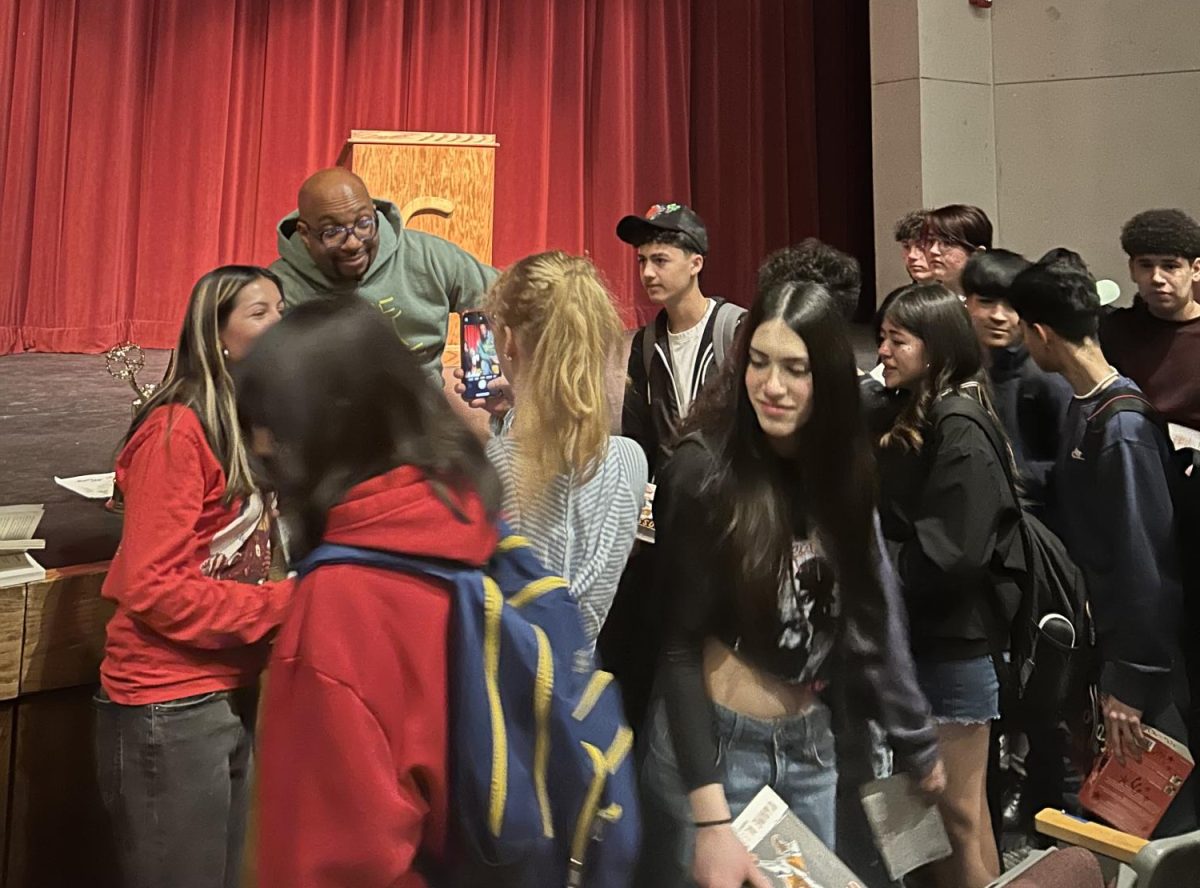

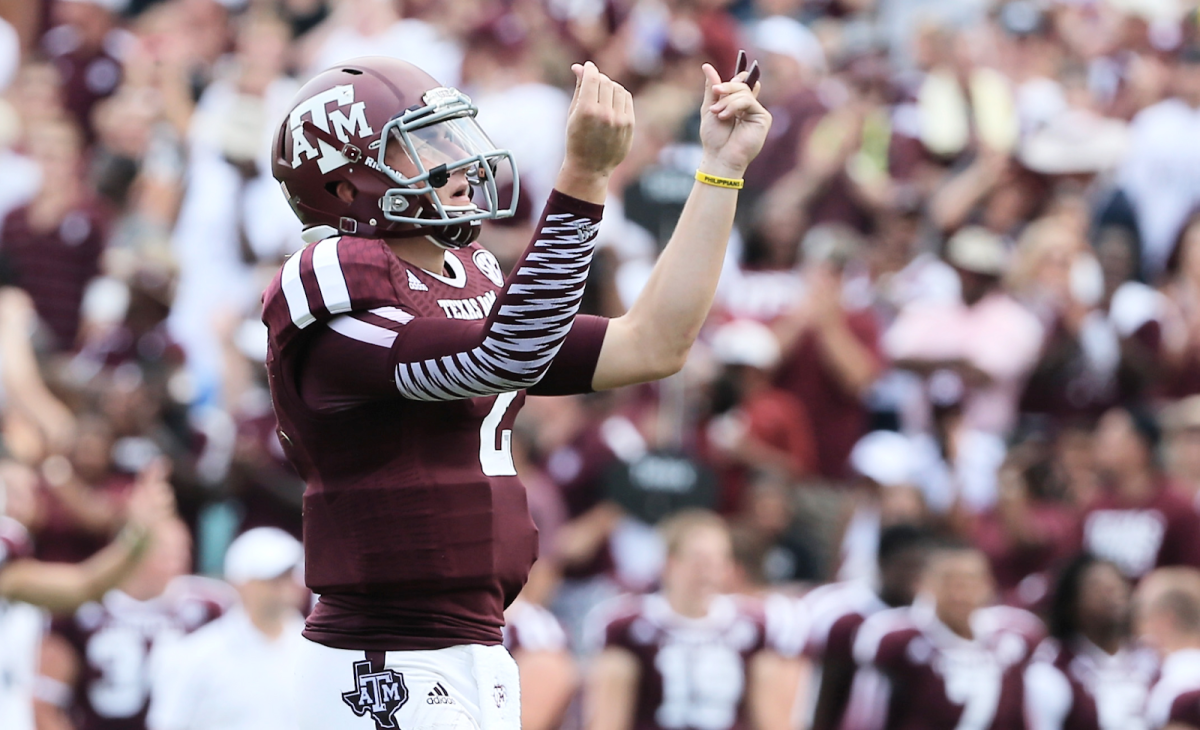
![Shane Bailey. Sage Bailey. [Photograph]. 2nd Annual Booster Tournament](https://chswarriorscroll.com/wp-content/uploads/2025/10/boysvgolf.jpg)

